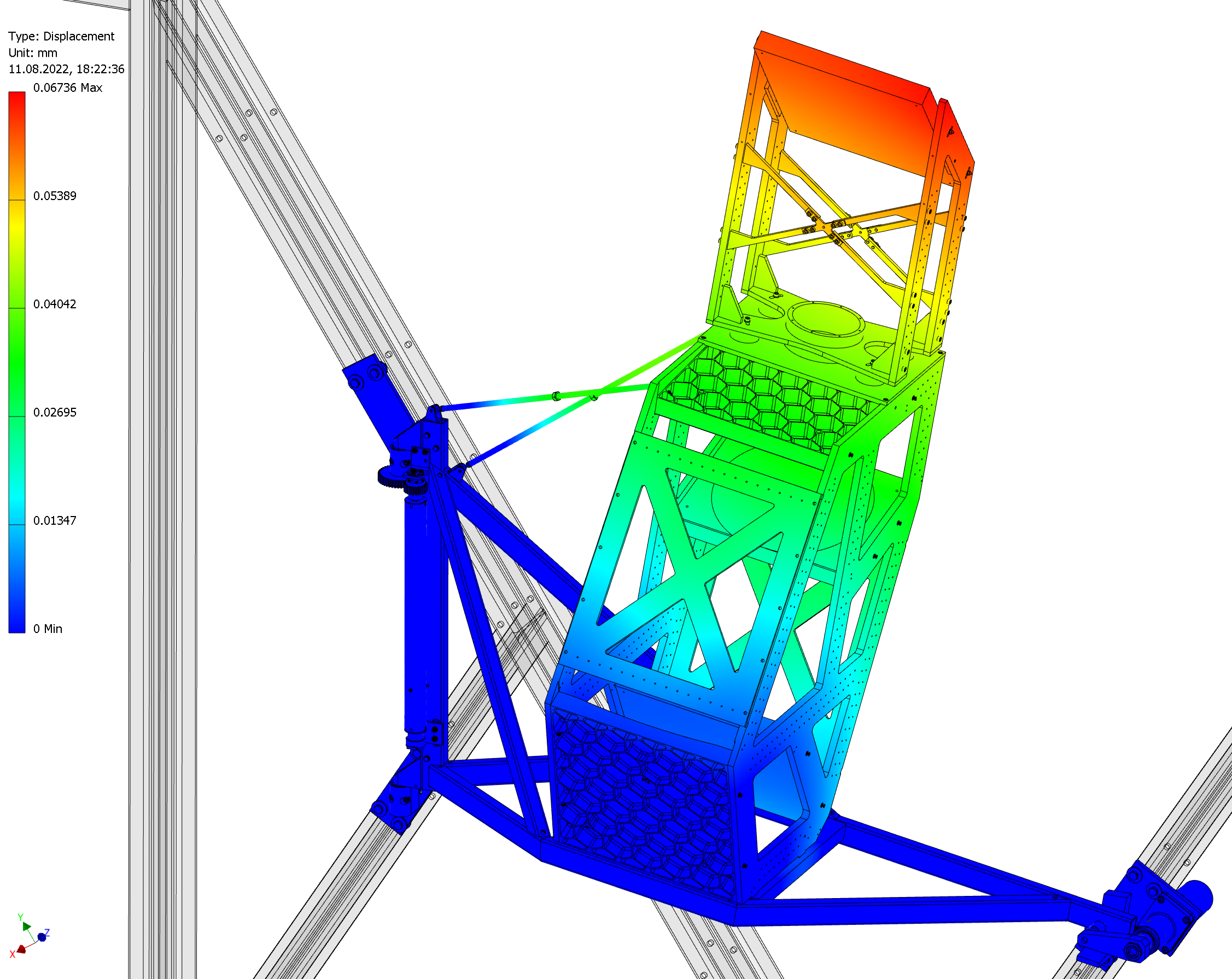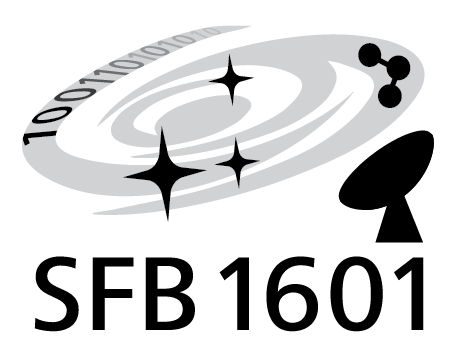Project leaders: Graf, Urs (PH1); Asvany, Oskar (PH1); Honingh, Netty (PH1)
 Project S provides engineering support to the science projects in the CRC. The high technical requirements of many of today’s instrumentation projects establish the need for qualified support by mechanical and electrical engineers. S designs advanced electronics circuits like micro-processor based highly integrated control boards including the required firmware. On the mechanics side S contributes complex designs and stiffness analyses by FEM techniques. The mechanical engineers also act as an important link between the scientists and the institute’s precision workshop.
Project S provides engineering support to the science projects in the CRC. The high technical requirements of many of today’s instrumentation projects establish the need for qualified support by mechanical and electrical engineers. S designs advanced electronics circuits like micro-processor based highly integrated control boards including the required firmware. On the mechanics side S contributes complex designs and stiffness analyses by FEM techniques. The mechanical engineers also act as an important link between the scientists and the institute’s precision workshop.
The main task in S will be to build the second wavelength band for the CHAI receiver. This covers primarily the mechanical design, including stiffness studies, but also the manufacturing, testing and commissioning of the instrument. Some of the high frequency array components will be mere duplications of the low frequency array hardware, but others, like e.g. the opto-mechanical setup and the inner structure of the cryostat will require new design solutions.
Beyond CHAI, S will also provide engineering support for the other receiver development projects of the CRC, such as an MKID cryostat adaptation compatible with a demonstration instrument and a THz heterodyne receiver for the highest frequencies observable from FYST. We will take over the opto-mechanical and cryogenic design as well as the control hardware and software development for these receiver projects.
Challenging designs for our laboratory astrophysics experiments will also become possible through the support by this project. Main activities along these directions will be the construction of a new-generation 22-pole ion trap with integrated mm-wave feedhorn, as well as a laser-vaporization ion source.
References
- Graf, “A Compact Beam Measurement Setup”, J Infrared Milli Terahz Waves 37, 770 (2016).
- Ren, Astudillo, Graf, Hills, Jorquera, Nikolic, Parshley, Reyes, et al., “Holographic surface measurement system for the Fred Young Submillimeter Telescope”, Ground-based and Airborne TelescopesVIII 11445, edited by Marshall, Spyromilio, and Usuda, 1129 (2020).
- Wehres, Maßen, Borisov, Schmidt, Lewen, Graf, Honingh, Higgins, et al., “Laboratory heterodyneemission spectrometer at submillimeter wavelengths”, Phys. Chem. Chem. Phys. 20, 5530 (2018).
